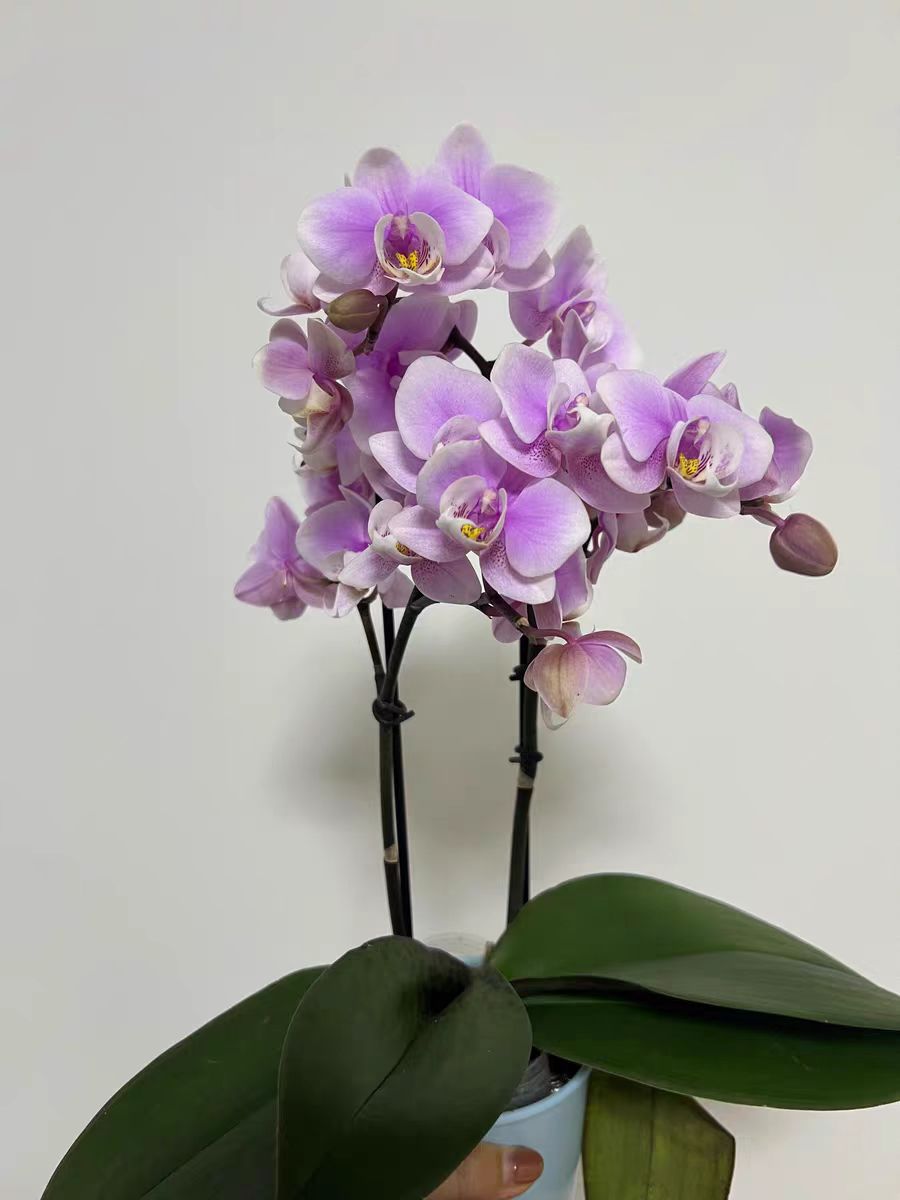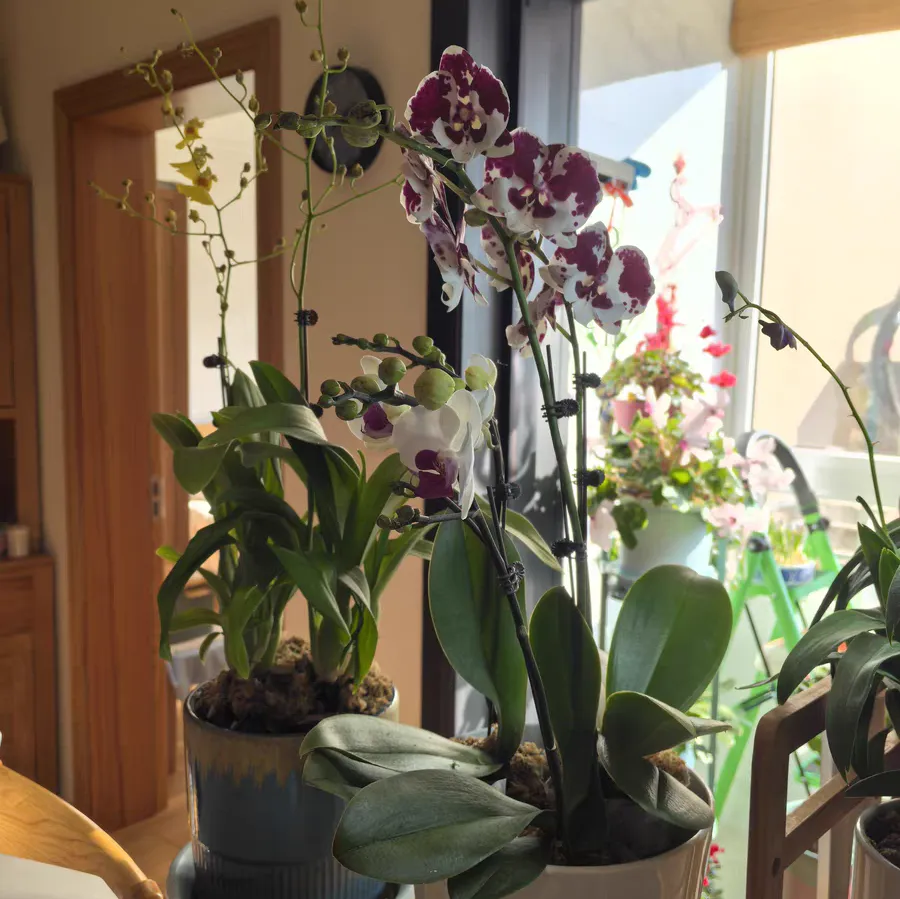The begonia family is vast, with varieties for flower - viewing and foliage - viewing, each presenting a different appearance. Its leaves often feature unique patterns and are colorful. The small and delicate flowers come in colors such as pink, red, and white, clustering together, looking lively and adorable. As an indoor green plant, it has a high aesthetic value, adding a touch of natural vitality to the home.
Begonias are highly suitable for indoor cultivation. They prefer a warm and semi - shaded environment, and the indoor conditions can easily meet these requirements. There is no need to move them outdoors for cultivation. You don't have to worry about the plants getting sunburned due to excessive light, nor about being frozen by large temperature differences. Moreover, it can effectively prevent pests and diseases.
When growing begonias, the following points should be noted:
Temperature Management: The ideal growth temperature for begonias is between 15°C and 25°C. In winter, avoid exposing them to a low - temperature environment below 10°C, as this may affect their growth. In summer, if the temperature exceeds 30°C, their growth rate will slow down, and attention should be paid to ventilation and cooling measures.
Light Conditions: Begonias like soft scattered light. Placing them about 1 to 2 meters away from the window indoors is sufficient. Avoid direct sunlight to prevent damage to the leaves, such as yellowing or scorching of the edges. At the same time, the environment should not be too dark, otherwise the plants may grow spindly, with thinner leaves, affecting their ornamental value.
Watering Skills: Follow the principle of "watering thoroughly when the soil is dry". You can insert your finger about 2 - 3 centimeters into the soil to feel its dryness before watering. Water until water seeps out from the bottom of the pot. Avoid waterlogging to prevent root rot. Generally, water once every 2 - 3 days in spring and autumn. In summer, due to rapid water evaporation, water once every 1 - 2 days. In winter, water once a week or so.
Fertilization Recommendations: During the growth period (spring and autumn), apply a thin liquid fertilizer every 1 - 2 weeks, such as decomposed cake - fertilizer water or a special flower nutrient solution. Before flowering, apply more phosphorus - potassium fertilizers, such as potassium dihydrogen phosphate, which helps with flower - bud differentiation and makes the flowers more lush and colorful. Stop fertilizing during high - temperature summers and low - temperature winters.
Pruning Management: Regularly prune faded flowers, yellow leaves, and over - grown branches. This not only keeps the plant beautiful but also reduces nutrient consumption. After the flowers fade, they should be pruned in a timely manner to promote the blooming of new flowers.
As long as these maintenance guidelines are followed, begonias can thrive indoors.
Is the begonia suitable for indoor cultivation?

Share with
Tagged in :




Leave a Reply